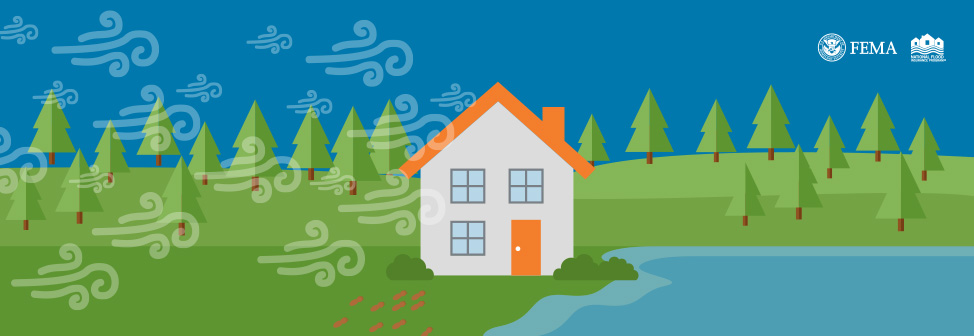
Five Facts to Help New Homeowners Protect Against Water Damage
Many new homeowners face a learning curve in protecting their homes from damage risks. As a trusted expert, you can help them understand why water is an important threat to consider, whether from inside sources (like leaking appliances or broken pipes) or flooding. Below are five important facts to share with clients.
- Even a little water can quickly cause major damage.
- Just one inch of water in a typical home can cause up to $25,000 of damage.
- Water can damage or destroy drywall, flooring, carpet, furniture, personal belongings and anything with electronics.
- If not removed quickly, it can cause dangerous mold and structural damage.
- Regular maintenance is vital to help keep water out.
- Homeowners should inspect roofs periodically, especially after heavy winds, and repair damage promptly.
- Cleaning gutters and drains regularly is important to avoid water backups.
- Annually inspecting and caulking around windows and doors helps avoid leaks.
- Insulating pipes and turning off outside taps and sprinklers before winter can avoid costly breakage and water damage.
- Homeowners can mitigate potential flood damage.
- Homeowners can consider elevating heating equipment and other systems located in the basement—or moving them to a higher floor.
- If there’s a basement sump pump, installing a battery backup can keep it working when the power goes out.
- It’s important to take action safely for a leak or flooding.
- All homeowners and family members should know where and how to turn off the main water shut-off valve and any appliance water shutoffs.
- If there’s significant water inside or the home is at risk of flooding, it’s important to turn off the electrical breaker box if it’s in a dry part of the home. If it’s wet or near water, the utility company should shut it off instead.
- If there’s an evacuation order, and there’s time to do so safely, shutting off natural gas or propane is also important.
- Different insurance products provide coverage for different types of water damage.
- Help homeowners understand what types of water damage are and are not covered under their homeowners policy.
- Discuss optional coverage available for situations such as a sewer backup.
- Make sure they know that a homeowners policy doesn’t cover damage from flooding, the most common and costly natural disaster in the U.S.
- Explain their specific flood risks and the benefits of flood insurance to protect against the financial impacts of flooding.



